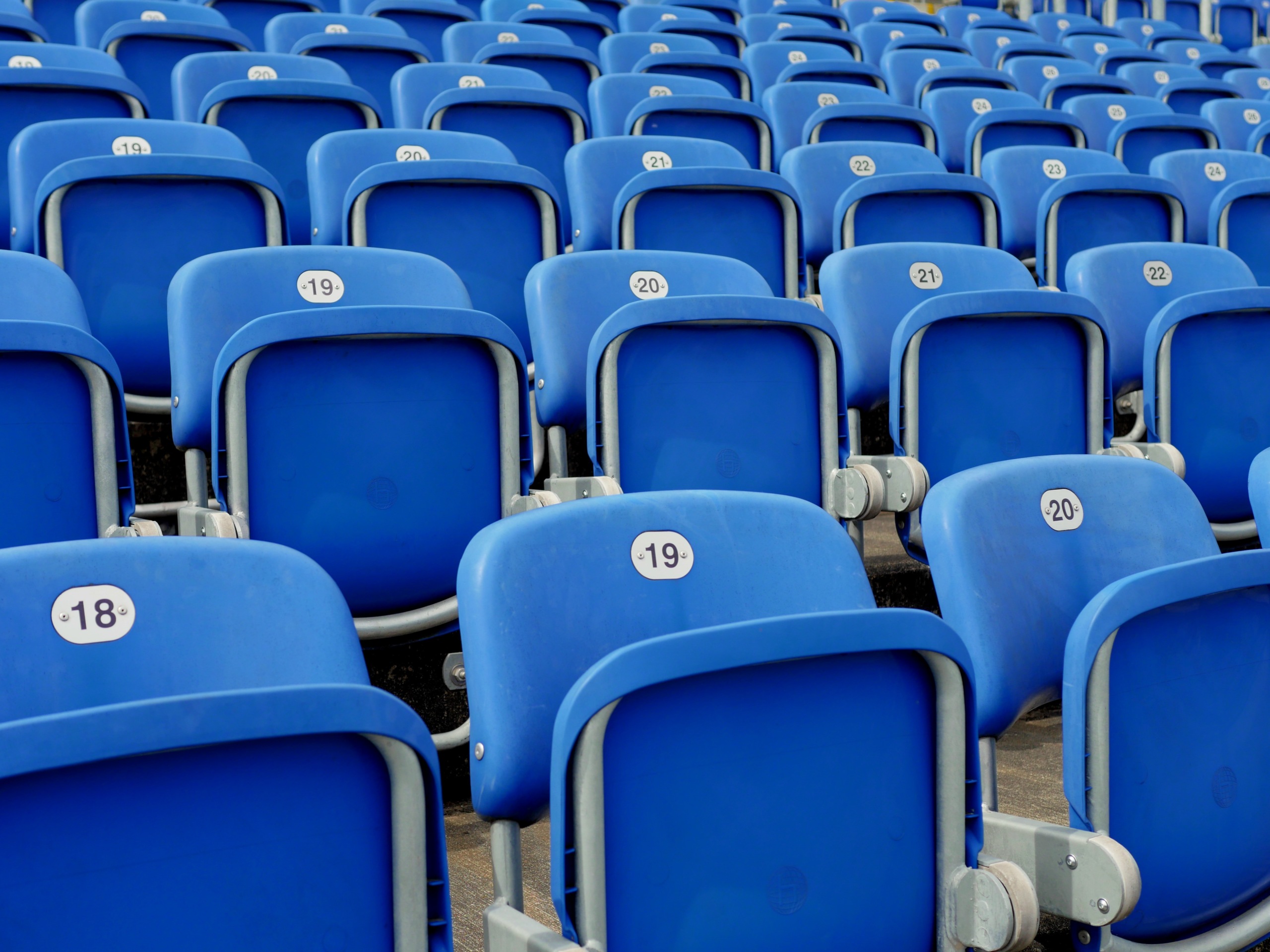Just west of Boston sits New England’s second largest city, Worcester, Mass., home of the Worcester Red Sox, colloquially known as the WooSox. While there wasn’t a Minor League Baseball season in 2020, the organization has been working hard on achieving their goals for the upcoming 2021 season, including opening Polar Park, a new state-of-the-art ballpark.
Front Office Sports spoke with Matt Levin, the organization’s senior vice president/chief financial and technology officer, to learn more about the club’s new park and the digital engagements that are part of it. As with most business leaders who work in MiLB, Levin wears many different hats. In addition to overseeing the club’s financial department, Levin helped shape the technology strategy for the WooSox over the last five years, including the forward-thinking plans for Polar Park.
Levin confirmed construction is on track to have Polar Park ready to open in April 2021, but it remains uncertain whether crowds will be able to enter the new park at full capacity. But no matter how many fans are able to attend games in person, the WooSox aim to use technology to provide a safe, convenient, seamless venue experience. To achieve these goals, the WooSox partnered with Extreme Networks to deploy a Wi-Fi network solution that best fit the new park’s needs.
“Extreme Networks has been a great partner to work with,” Levin told Front Office Sports. “In order to provide all these layers of connectivity, we looked at a lot of providers. The Wi-Fi access points we deployed actually go underneath the seats themselves. Positioning the access points (APs), which are a key element of any Wi-Fi system, as close to the fans and their devices as possible ensures a high-quality connection, without the fans ever realizing the APs are there. Extreme has successfully created a product that delivers great connectivity and efficiency without impeding the fan experience or creating an eyesore in the ballpark.”
The park will offer several different amenities for fans that rely on robust Wi-Fi connectivity and a supporting IT network backbone, including mobile ordering and a frictionless checkout system — the first of its kind in baseball — powered by Standard Cognition. Fans can walk into concessions markets around the stadium, pick up the items they want, and return to their seats without physically interacting with venue staff. The system automatically detects shoppers, matches them to their basket and processes payment through an app that patrons log in to. Venue staff can monitor who is using the stand and what is being purchased via the application.
The WooSox also have a loyalty program called the Worcester Red Sox Booster Club built into the club’s mobile app. Fans sign up for this digital experience and earn points that they can then redeem for food or merchandise. Having a strong Wi-Fi network is critical for these kinds of app integrations that encourage fans to explore the stadium, as well as the surrounding neighborhood, which the WooSox are hoping will also experience an economic boost.
“A new ballpark affords you the opportunity to really enhance how the organization presents itself,” Levin said. “Polar Park is built in a more residential area of the city. The digital experience we’re aiming to provide would not only interact with the ballpark, but also the surrounding area and its development, as well as the canal district. To encourage this further, we’re working with a lot of local restaurateurs and getting them integrated within the ballpark and its app.”
The hope for the organization is that the park will be one of the first new stadiums in the nation to open after the pandemic. If social distancing measures need to continue when the park opens, however, Levin feels the WooSox are more than ready to accommodate them from a technological standpoint as well as a venue-design standpoint.
“It was never really the intent that someone would sit in their seat for all nine innings of the game,” Levin said of the projected fan experience. “We created a lot of these different neighborhoods, or zones, within the park for people to be able to move around the park. So it’s conducive to the world we live in today where, if you had limited capacities, you could have some gatherings at the Home Plate Bar, you could have people out on the Worcester Wall in right field, or on one of the outfield berms, or in a group space in the DCU Club. We have natural areas to help with social distancing.”
2021 will bring several new challenges for the live events industry as the full return of fans remains uncertain. Nevertheless, a strong emphasis on technological improvements and keeping fans connected will help create the experiences needed to continue to build fan affinity.
Learn more about how Extreme is ushering in a new era of Effortless Experiences
















